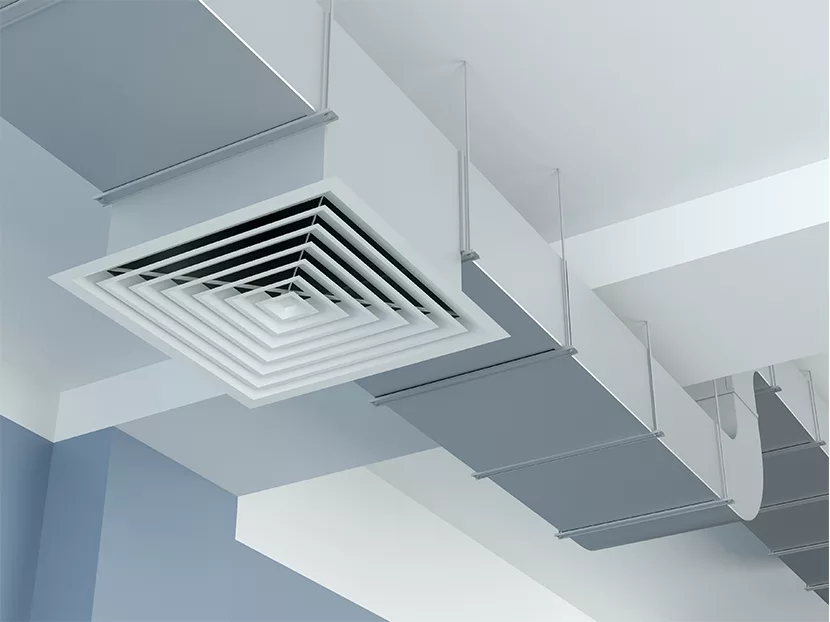About 85 percent of the recently installed HVAC systems in K-12 classrooms studied in California did not provide adequate ventilation, according to a study from the University of California, Davis, and Lawrence Berkeley National Laboratory.
Researchers found only about 15 percent of classrooms met the ventilation standard. The study also found that about 60 percent of the classrooms were warmer than the recommended average maximum temperature range of 73 degree. Also, 30 percent of the teachers surveyed were dissatisfied or very dissatisfied with the temperature in their classroom.
Researchers documented that the school HVAC systems didn’t work because of problems with hardware, controls or filter maintenance. They noted that classrooms with just one of these issues suffered from ventilation rates below state standards and elevated levels of carbon dioxide.
For the study, published in the journal Building and Environment, researchers visited 104 classrooms in 11 schools that had been retrofitted with HVAC units in the past three years. They evaluated the HVAC systems, carbon dioxide concentrations and indoor temperature and humidity through field inspections, monitoring and a teacher survey. UCD scientists collaborated on the study with the indoor environment group at the U.S. Department of Energy’s Lawrence Berkeley National Laboratory in Berkeley. The lab released a study in 2013 showing that California elementary schools with poor ventilation rates reported an increased number of absences related to illnesses.




